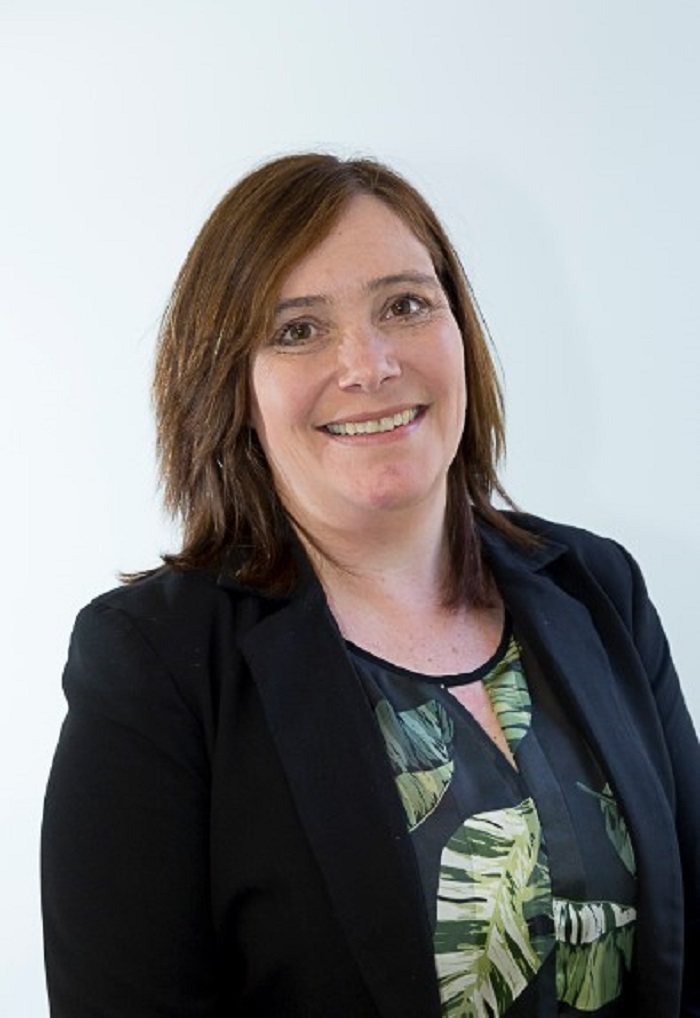$38M for lakeside cultural centre
Jill Herron
12 September 2022, 5:32 PM
 A concept plan of the auditorium and foyer (left) of the new cultural centre which got a tick from the Cromwell Community Board yesterday
A concept plan of the auditorium and foyer (left) of the new cultural centre which got a tick from the Cromwell Community Board yesterdayA possible shortfall of around $6.3M has been identified for Cromwell’s new hall and museum after the budget for everything the community wants in the new facility climbed to close to $38M.
Whether some aspects will have to be scaled back or added later will depend partly on the success of applications for grants that will now be made by the Central Otago District Council (CODC) to close the funding gap.
Architect Chris Jack, the design team project lead from Christchurch-based firm, Jasmax, yesterday (Monday September 12) presented budgets and concept designs to the Cromwell Community Board along with design partner and Cromwell architect Jessie Sutherland, and CODC property project manager Darren Penketh.
The council has set aside $31.5M in its Long-Term Plan budget for the new centre and museum, and estimates from the group totalled $31.8M. These did not include a ‘contingency’ allowance for just over $6M which many board members felt would likely be needed - or even exceeded.
Larger chunks of the cost included building and construction at around $21.5M, a museum at just over $4M and insurance and client costs (such as consents) at nearly $2.8M.
The 2,950sqm building is laid out in three zones with a performance space incorporating a 400-seat auditorium at the northern end, a large foyer and community space in the middle, and 600sqm museum on the south-eastern corner.
The auditorium’s 400-seat limit (aspects of which were questioned by board members Cheryl Laws and Bob Scott) had been arrived at through research and advice from theatre consultants.
Studies had been done on other facilities in towns with similar populations, on potential users, and on how to attract touring performers.
A need for this size and type of facility in Central Otago and Queenstown areas had been shown.
All could be scaled back and the building could be completed initially without the museum then have this added later, without any design compromises, Chris Jack said.
The design aimed to allow views over the lakeside and to connect with cycleways and walkways, but also open onto the street frontage, with a new memorial garden as a centrepiece.
The taller part of the auditorium had been set back from Melmore Terrace, Jessie Sutherland said, in consideration to nearby residents. This was part of the design team’s effort “to be a good neighbour,” she said.
A traffic plan and car parking would be part of the next phase of work with different patterns of use being studied. Lots of detail such as room layouts and building material options would also now be assessed.

Cromwell Community Board chair Anna Harrison
In approving the concept design, board chairp Anna Harrison said she was wary of locking the board into something it might find it couldn’t deliver. The design represented what the community wanted but the costing had been a “snap of realism”.
CODC planning and environment executive manager Louise van der Voort told the board the team were showing the “optimal design” with the ability to scale back.
Land sales from council-owned developments were looking positive and were likely to boost the Cromwell ward’s future financial position, the meeting heard, although other costly projects were also underway in the town.
“The new community board will have to decide on this alongside the renewal of the town centre and it will be subject to the same cost pressures,” board member Nigel McKinlay said.
The demolition of the existing hall was delayed for a second time while further investigations are done on re-using materials from it, such as the sprung wooden floor. It would also be useful (still standing) as a place to store materials but the delay did not indicate it may be kept longer term.
“We are not slowing things down,” board member and deputy mayor Neil Gillespie said, “just taking a cautious approach.”
A fresh report on the uses and removal plan for the old hall would be presented at the first meeting of the new board post-election, in November.



